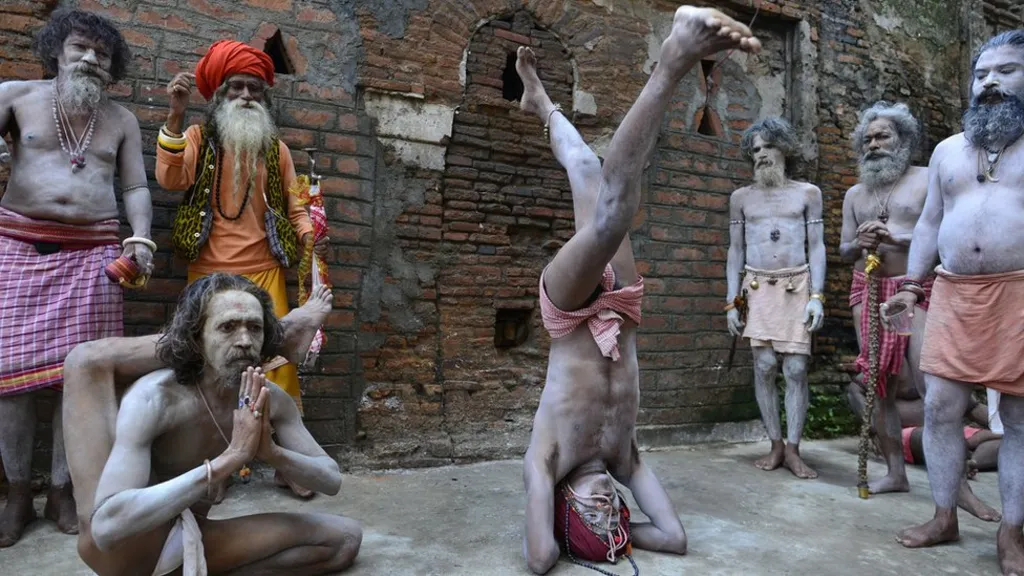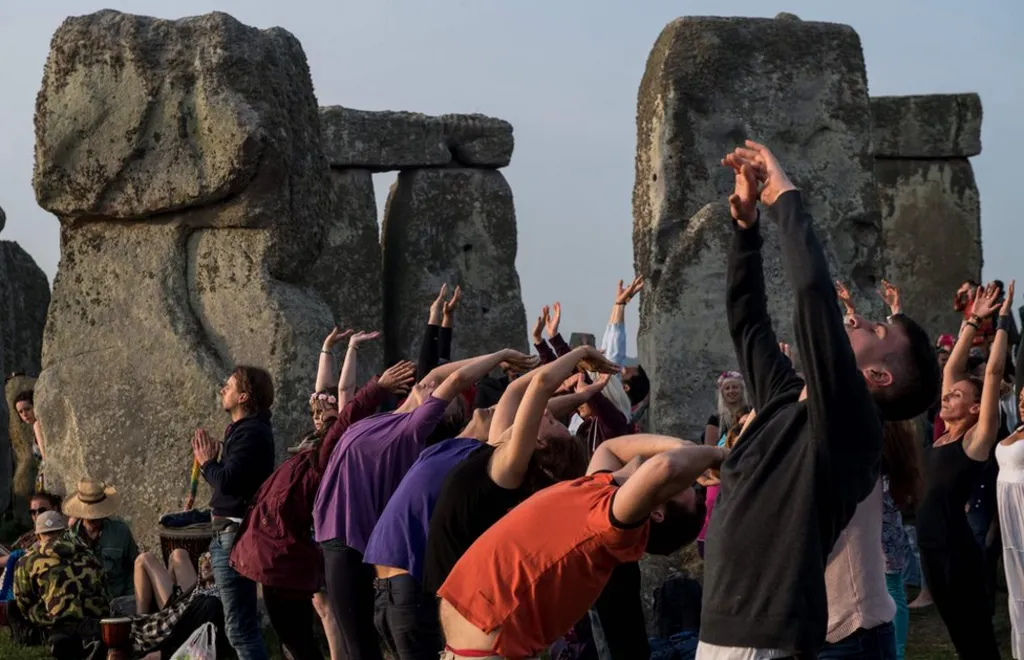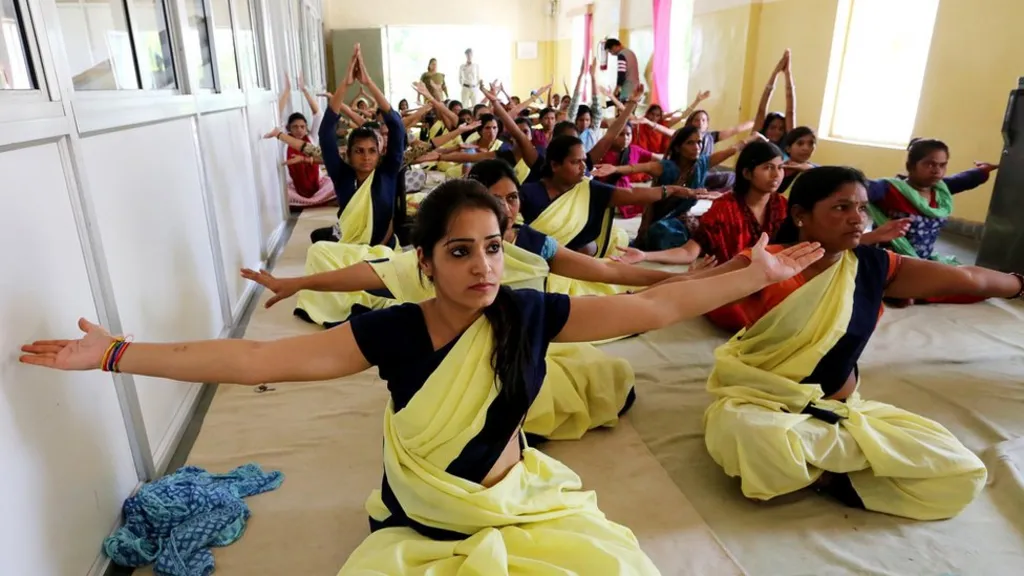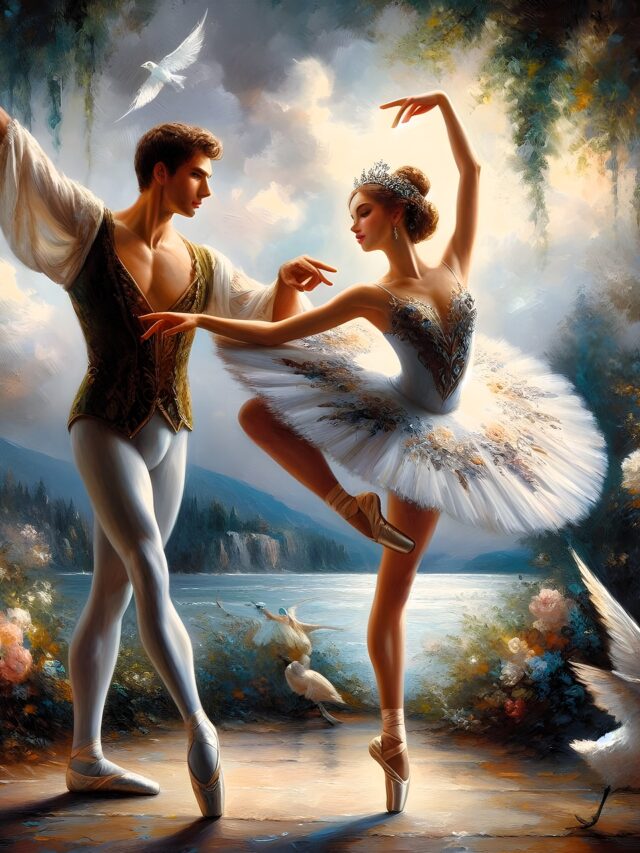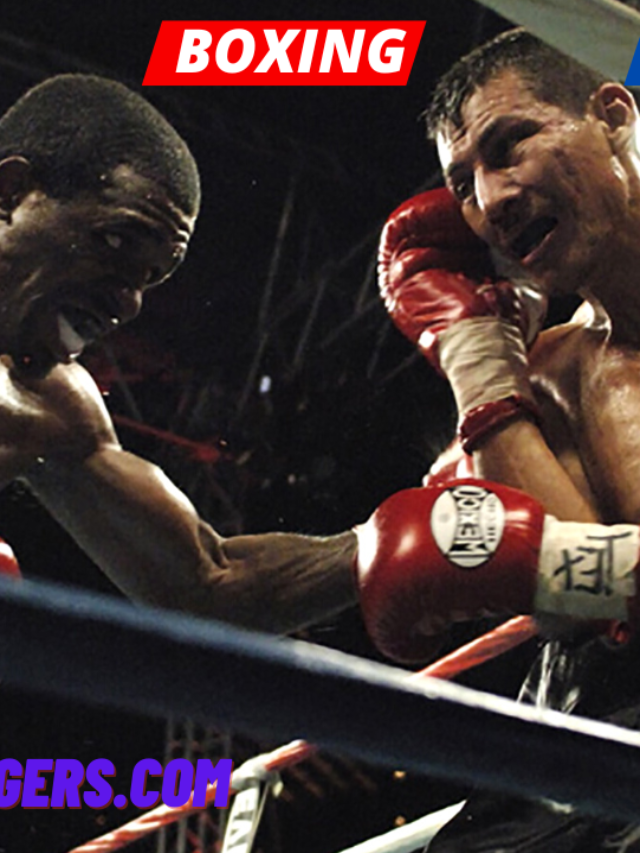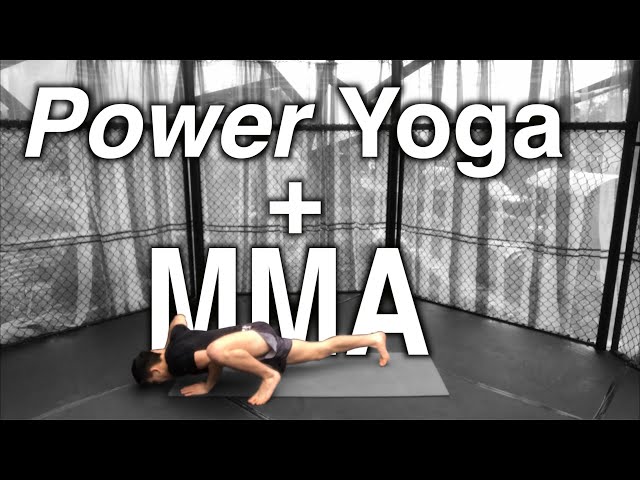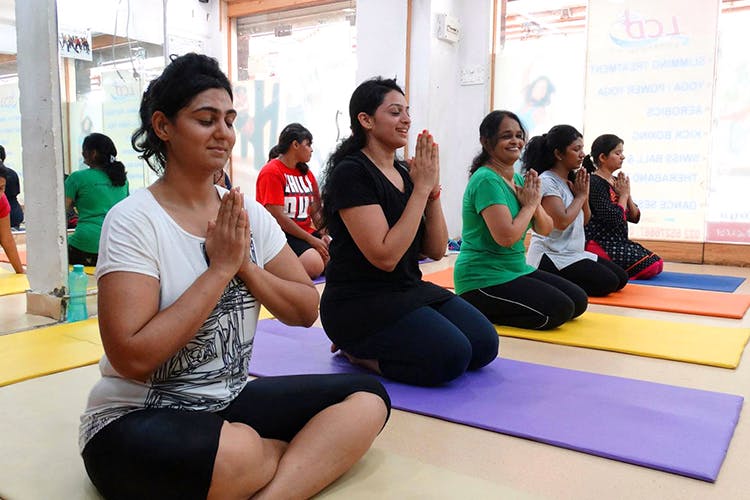
MMA TIGERS YOGA :MMA Yoga is easely a spacial discipline based on an exteremely subtle science,which focuse on bringing harmony between mind and body. It is mixed martial art and scince of healthy living. The word 'Yoga' is derived from the Sanskrit root 'Yuj', meaning 'to join' or 'to yoke' or 'to unite'.
MMA Yoga Classes
Mixed martial arts Yoga Is the Best Comunication .MMA Tigers Yoga Two essential qualities for MMA fighters are unquestionably good balance and coordination. This sport is undoubtedly demanding and calls for remarkable physicality if the practitioner at any point desires to get to the next level. Balance is essential since it permits the fighter to keep up with control in tough spots. Coordination is vital for powerful self-protection, hostile blends, and the capacity to utilize various muscle bunches all the while.Yoga could appear to be something just appropriate for extending your muscles. However, its benefits extend far beyond what many people envision. Indeed, some fledgling postures generally work to work on your adaptability. However – almost every pose and sequence you learn improves your balance and coordination.


MMA and Yoga actually share a lot of common goals. The athletes participating in training classes within each of these activities are looking to increase flexibility, balance and stamina, and further developing their core body strength
Mixed Martial Arts yoga
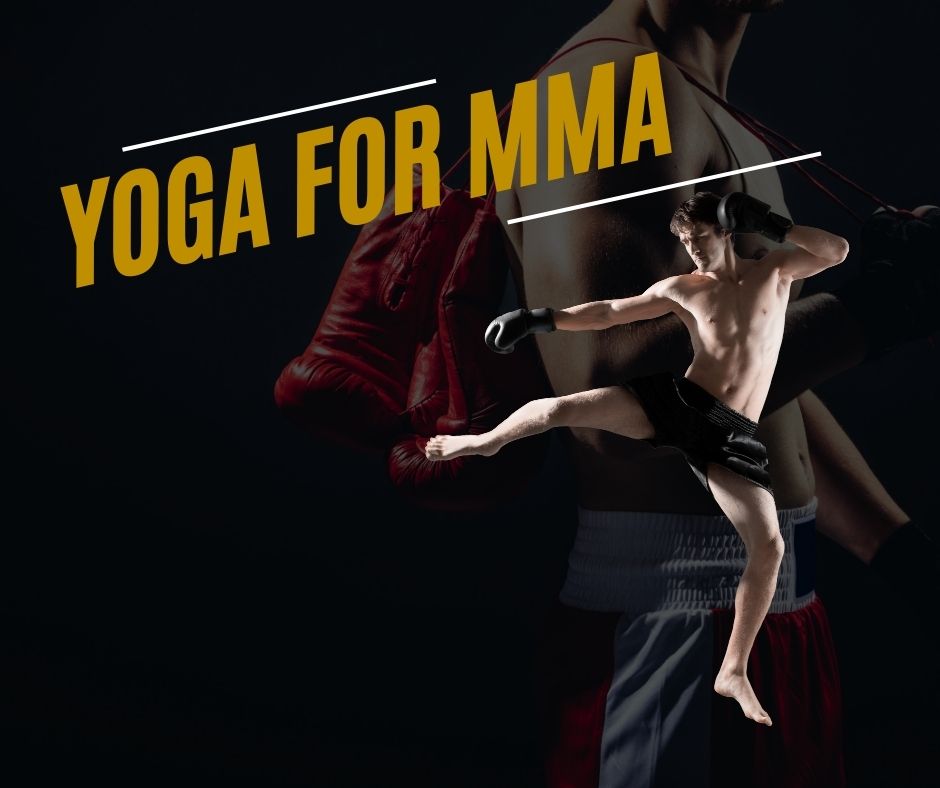



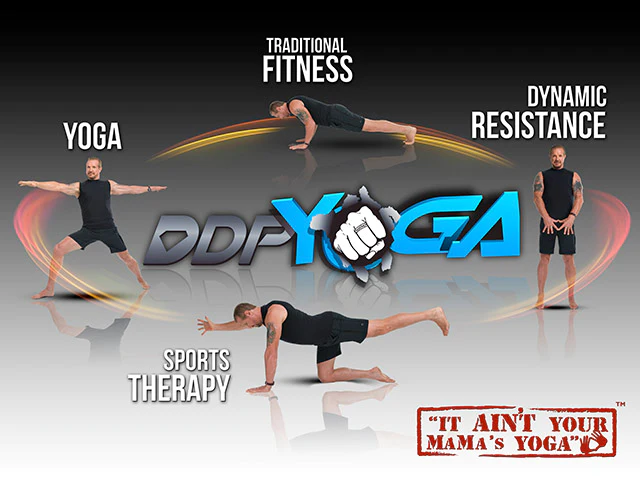

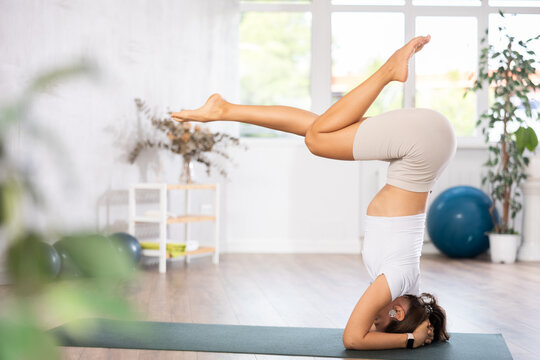


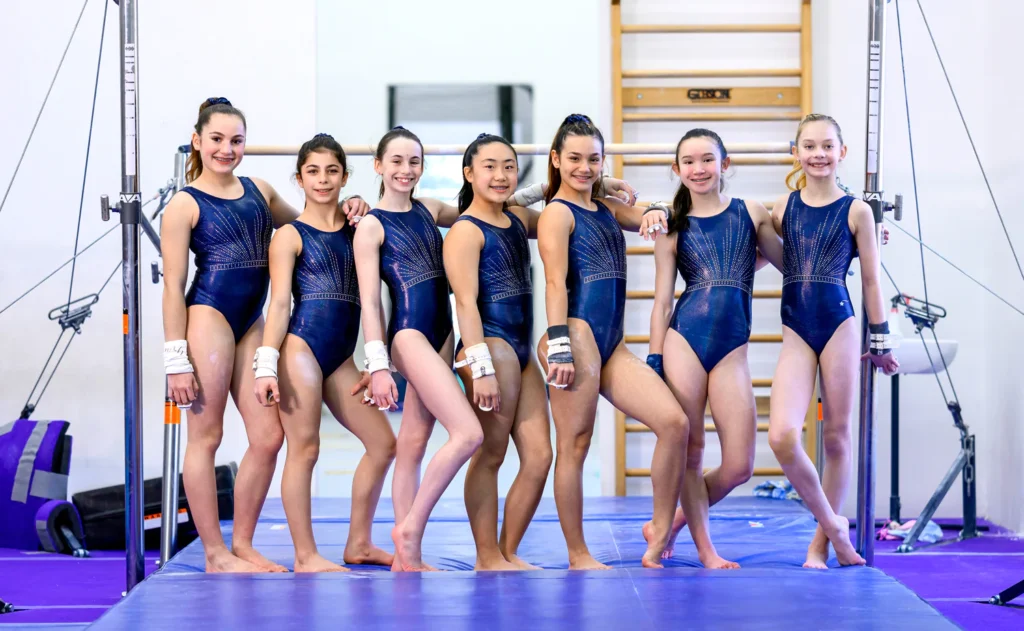

Yoga Session at MMATigers Muay Thai and MMATigersdelhi.
MMA TigersDelhi Muay Thai and MMA Tigers Training Camp, Phuket, Thailand Yoga photo session. Yoga class meets each morning Monday-Friday mornings led by certified Yoga instructor Yogi Simon. Yoga is an incredible way to increase flexibility, prevent injury in training, control breathing, and more. Simon also conducts meditation sessions for positive mental reinforcement. Simon does private yoga instruction, is a level 2 certified Muay Thai instructor, and teaches in the Krabi Krabong program with Kru Oh. Simon is one of the most popular trainers at Tiger Muay Thai and MMATigersdelhi.com and is wise beyond his years.
MMATigersdelhi Muay Thai and MMA Training Camp, Phuket, Thailand Yoga session each morning Monday-Friday mornings by Yogi Simon. Yoga is an incredible way to increase flexibility, prevent injury in training, control breathing, and more. Simon also conducts meditation sessions for positive mental reinforcement.
Yoga: How did it conquer the world and what's changed?
There is no consensus on yoga’s chronology or origins other than its development in ancient India. There are two broad theories explaining the origins of yoga. The linear model holds that yoga has Vedic origins (as reflected in Vedic texts), and influenced Buddhism. This model is mainly supported by Hindu scholars. [65] According to the synthesis model, yoga is a synthesis of indigenous, non-Vedic practices with Vedic elements. This model is favoured in Western scholarship. [66]Speculations about yoga began to emerge in the early Upanishads of the first half of the first millennium BCE, with expositions also appearing in Jain and Buddhist texts c. 500 – c. 200 BCE. Between 200 BCE and 500 CE, traditions of Hindu, Buddhist, and Jain philosophy were taking shape; teachings were collected as sutras, and a philosophical system of Patanjaliyogasastra began to emerge. [67] The Middle Ages saw the development of a number of yoga satellite traditions. It and other aspects of Indian philosophy came to the attention of the educated Western public during the mid-19th century.
For the use of yoga in exercise, see Yoga as exercise. For the use of yoga as therapy, see Yoga as therapy. For the ancient Indian philosophy, see Yoga (philosophy). For other uses, see Yoga (disambiguation).
Yoga (/ˈjoʊɡə/ ⓘ;[1] Sanskrit: योग, lit. ’yoke’ or ‘union’ pronounced [joːɡɐ]) is a group of physical, mental, and spiritual practices or disciplines which originated in ancient India and aim to control (yoke) and still the mind, recognizing a detached witness-consciousness untouched by the mind (Chitta) and mundane suffering (Duḥkha). There is a wide variety of schools of yoga, practices, and goals[2] in Hinduism, Buddhism, and Jainism,[3][4][5] and traditional and modern yoga is practiced worldwide.[6]
Yoga-like practices were first mentioned in the ancient Hindu text known as Rigveda.[7] Yoga is referred to in a number of the Upanishads.[8][9][10] The first known appearance of the word “yoga” with the same meaning as the modern term is in the Katha Upanishad,[11][12] which was probably composed between the fifth and third centuries BCE.[13][14] Yoga continued to develop as a systematic study and practice during the fifth and sixth centuries BCE in ancient India’s ascetic and Śramaṇa movements.[15] The most comprehensive text on yoga, the Yoga Sutras of Patanjali, date to the early centuries of the Common Era;[16][17][note 1] Yoga philosophy became known as one of the six orthodox philosophical schools (Darśanas) of Hinduism in the second half of the first millennium CE.[18][web 1] Hatha yoga texts began to emerge between the ninth and 11th centuries, originating in tantra.[19][20]
Two general theories exist on the origins of yoga. The linear model holds that yoga originated in the Vedic period, as reflected in the Vedic textual corpus, and influenced Buddhism; according to author Edward Fitzpatrick Crangle, this model is mainly supported by Hindu scholars. According to the synthesis model, yoga is a synthesis of non-Vedic and Vedic elements; this model is favoured in Western scholarship.[21][22]
![mmatigersdelhi.com,mmatigers yoga class,delhiTwo general theories exist on the origins of yoga. The linear model holds that yoga originated in the Vedic period, as reflected in the Vedic textual corpus, and influenced Buddhism; according to author Edward Fitzpatrick Crangle, this model is mainly supported by Hindu scholars. According to the synthesis model, yoga is a synthesis of non-Vedic and Vedic elements; this model is favoured in Western scholarship.[21][22] Practitioners in more than 100 countries have planned events this week to celebrate the third International Yoga Day, which Indian Prime Minister Narendra Modi convinced the UN to declare in 2015. Since coming to power in 2014, the Hindu nationalist leader has led efforts to promote yoga, which he practises daily, as an important part of India's history and culture. "Many countries which do not know our language, tradition, or culture, are now connecting to India through yoga," Mr Modi told a crowd of tens of thousands in the city of Lucknow, where he performed poses.And while some critics say Mr Modi's yoga push is part of a wider political agenda, there is little doubt that he is correct in saying yoga is one of the country's most significant cultural exports. But how did yoga spread, and do the poses that people perform in studios and gyms the world over accurately represent the Indian tradition? The term "yoga" in the Western world often denotes a modern form of Hatha yoga and a posture-based physical fitness, stress-relief and relaxation technique,[23] consisting largely of asanas;[24] this differs from traditional yoga, which focuses on meditation and release from worldly attachments.[23][25] It was introduced by gurus from India after the success of Swami Vivekananda's adaptation of yoga without asanas in the late 19th and early 20th centuries.[26] Vivekananda introduced the Yoga Sutras to the West, and they became prominent after the 20th-century success of hatha yoga.[27] Etymology Outdoor statue A statue of Patanjali, author of the Yoga Sutras of Patanjali, meditating in the lotus position The Sanskrit noun योग yoga is derived from the root yuj (युज्) "to attach, join, harness, yoke".[28] Yoga is a cognate of the English word "yoke".[29] According to Mikel Burley, the first use of the root of the word "yoga" is in hymn 5.81.1 of the Rigveda, a dedication to the rising Sun-god, where it has been interpreted as "yoke" or "control".[30][31][note 2] Pāṇini (4th c. BCE) wrote that the term yoga can be derived from either of two roots: yujir yoga (to yoke) or yuj samādhau ("to concentrate").[33] In the context of the Yoga Sutras, the root yuj samādhau (to concentrate) is considered the correct etymology by traditional commentators.[34] In accordance with Pāṇini, Vyasa (who wrote the first commentary on the Yoga Sutras)[35] says that yoga means samadhi (concentration).[36] A person who practices yoga, or follows the yoga philosophy with a high level of commitment, is called a yogi; a female yogi may also be known as a yogini.[37] Definitions in classical texts Popular yoga styles like Ashtanga, Iyengar and Vinyasa Flow are also modern incarnations. "We find elements of them in older texts and historical sources but also many parts of them are modern innovations in terms of yoga," he says._96575922_cbe06f6b-534c-4730-8bb1-628994284762.jpg](https://mmatigersdelhi.com/wp-content/uploads/2024/03/96575922_cbe06f6b-534c-4730-8bb1-628994284762.jpg.webp)
![mmatigersdelhi.com,mmatigers yoga class,delhiTwo general theories exist on the origins of yoga. The linear model holds that yoga originated in the Vedic period, as reflected in the Vedic textual corpus, and influenced Buddhism; according to author Edward Fitzpatrick Crangle, this model is mainly supported by Hindu scholars. According to the synthesis model, yoga is a synthesis of non-Vedic and Vedic elements; this model is favoured in Western scholarship.[21][22] Practitioners in more than 100 countries have planned events this week to celebrate the third International Yoga Day, which Indian Prime Minister Narendra Modi convinced the UN to declare in 2015. Since coming to power in 2014, the Hindu nationalist leader has led efforts to promote yoga, which he practises daily, as an important part of India's history and culture. "Many countries which do not know our language, tradition, or culture, are now connecting to India through yoga," Mr Modi told a crowd of tens of thousands in the city of Lucknow, where he performed poses.And while some critics say Mr Modi's yoga push is part of a wider political agenda, there is little doubt that he is correct in saying yoga is one of the country's most significant cultural exports. But how did yoga spread, and do the poses that people perform in studios and gyms the world over accurately represent the Indian tradition? The term "yoga" in the Western world often denotes a modern form of Hatha yoga and a posture-based physical fitness, stress-relief and relaxation technique,[23] consisting largely of asanas;[24] this differs from traditional yoga, which focuses on meditation and release from worldly attachments.[23][25] It was introduced by gurus from India after the success of Swami Vivekananda's adaptation of yoga without asanas in the late 19th and early 20th centuries.[26] Vivekananda introduced the Yoga Sutras to the West, and they became prominent after the 20th-century success of hatha yoga.[27] Etymology Outdoor statue A statue of Patanjali, author of the Yoga Sutras of Patanjali, meditating in the lotus position The Sanskrit noun योग yoga is derived from the root yuj (युज्) "to attach, join, harness, yoke".[28] Yoga is a cognate of the English word "yoke".[29] According to Mikel Burley, the first use of the root of the word "yoga" is in hymn 5.81.1 of the Rigveda, a dedication to the rising Sun-god, where it has been interpreted as "yoke" or "control".[30][31][note 2] Pāṇini (4th c. BCE) wrote that the term yoga can be derived from either of two roots: yujir yoga (to yoke) or yuj samādhau ("to concentrate").[33] In the context of the Yoga Sutras, the root yuj samādhau (to concentrate) is considered the correct etymology by traditional commentators.[34] In accordance with Pāṇini, Vyasa (who wrote the first commentary on the Yoga Sutras)[35] says that yoga means samadhi (concentration).[36] A person who practices yoga, or follows the yoga philosophy with a high level of commitment, is called a yogi; a female yogi may also be known as a yogini.[37] Definitions in classical texts Popular yoga styles like Ashtanga, Iyengar and Vinyasa Flow are also modern incarnations. "We find elements of them in older texts and historical sources but also many parts of them are modern innovations in terms of yoga," he says._96575922_cbe06f6b-534c-4730-8bb1-628994284762.jpg](https://mmatigersdelhi.com/wp-content/uploads/2024/03/96575922_cbe06f6b-534c-4730-8bb1-628994284762.jpg.webp)
Millions of people around the world have rolled out their yoga mats to celebrate a tradition that was once the preserve of Hindu holy men but is now a worldwide phenomenon.:-
Two general theories exist on the origins of yoga. The linear model holds that yoga originated in the Vedic period, as reflected in the Vedic textual corpus, and influenced Buddhism; according to author Edward Fitzpatrick Crangle, this model is mainly supported by Hindu scholars. According to the synthesis model, yoga is a synthesis of non-Vedic and Vedic elements; this model is favoured in Western scholarship.[21][22].Practitioners in more than 100 countries have planned events this week to celebrate the third International Yoga Day, which Indian Prime Minister Narendra Modi convinced the UN to declare in 2015.Since coming to power in 2014, the Hindu nationalist leader has led efforts to promote yoga, which he practises daily, as an important part of India’s history and culture.“Many countries which do not know our language, tradition, or culture, are now connecting to India through yoga,” Mr Modi told a crowd of tens of thousands in the city of Lucknow, where he performed poses.And while some critics say Mr Modi’s yoga push is part of a wider political agenda, there is little doubt that he is correct in saying yoga is one of the country’s most significant cultural exports.But how did yoga spread, and do the poses that people perform in studios and gyms the world over accurately represent the Indian tradition?
